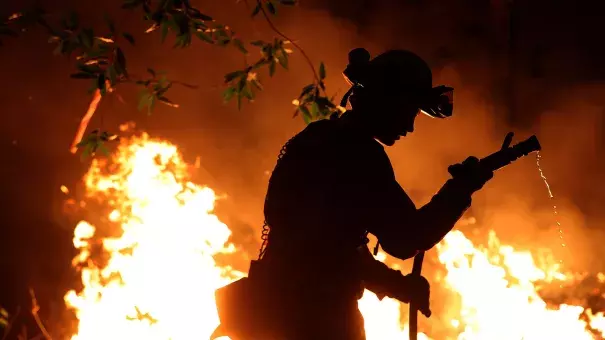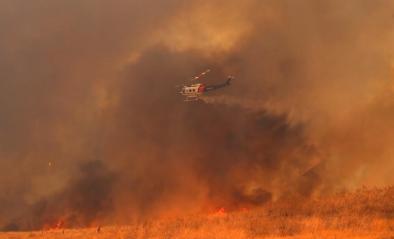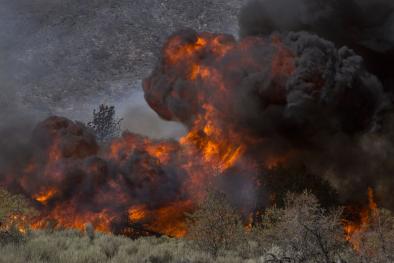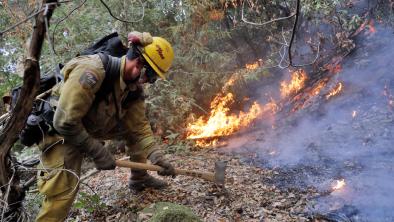California Blazes Are Part Of A Larger And Hotter Picture, Fire Researchers Say

for fire researchers, these devastating blazes are part of a much larger pattern unfolding across the Western United States. So far this year, fires in the U.S. have consumed more than 8.5 million acres — an area bigger than the state of Maryland.
"We're definitely pushing one of the largest fire years this decade," says Jennifer Balch, a fire ecologist at the University of Colorado, Boulder.
The cause is hot, dry conditions nationwide. Heat records have been broken this year in California, Oregon and Montana. Globally, 2017 is among the hottest years on record, thanks in part to human-induced climate change.
Wildfires are natural phenomena, and linking any one fire to climate change is difficult if not impossible. Nevertheless, "there is a link between a warmer, drier climate and wildfires," Balch says. For example, today's fire season is three months longer than it was in the 1970s, she says. Annually, there are far more large fires nationwide than there used to be.
"It doesn't take a rocket scientist to figure out that forests burn when it's warm and dry, and we've seen more of those years recently," says John Abatzoglou of the University of Idaho.
This year has been "pretty impressive," he says. "I'm in Northern Idaho, and we had smoke coming from British Columbia and Oregon and California"
Related Content






